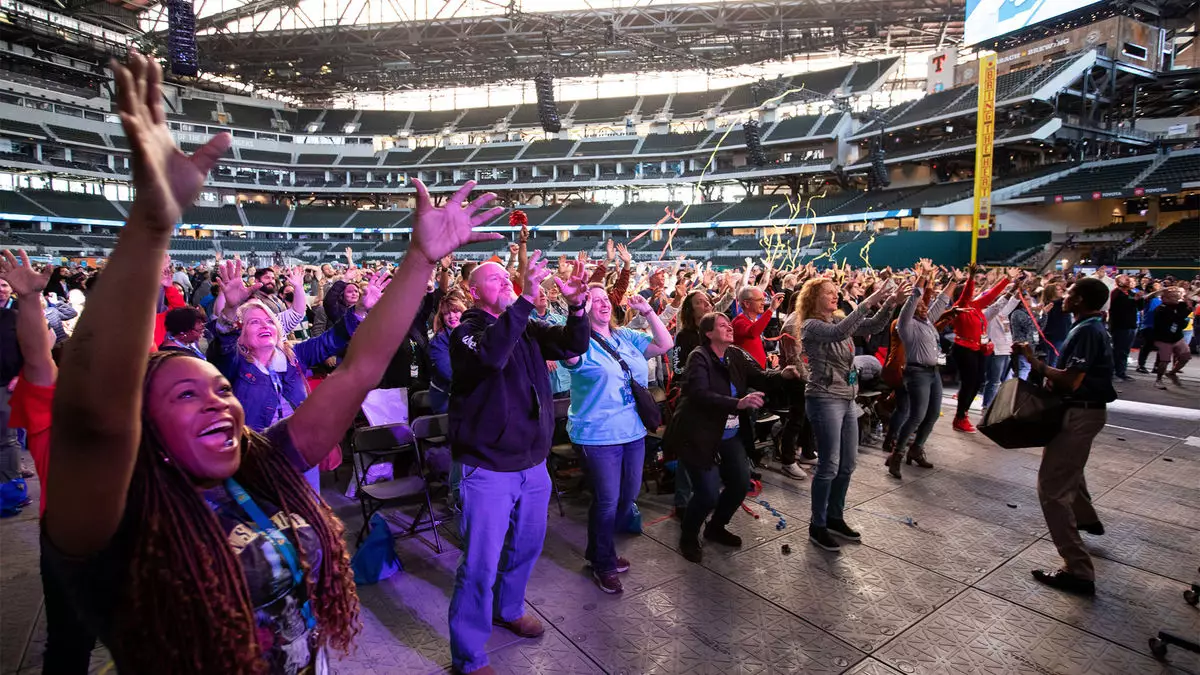In a climate where fiscal discipline is paramount, Southwest Airlines has taken bold steps to stabilize its financial footing. The airline has instituted a hiring freeze across its corporate structure and shelved its much-anticipated corporate rallies, events traditionally characterized by employee engagement through games, prizes, and entertainment. This decision, announced by Southwest’s CEO Bob Jordan, underscores a significant shift in organizational priorities, emphasizing that “every single dollar matters” as they seek to regain their financial strength. Such measures reflect the current economic challenges airlines face, including rising operational costs and shifts in consumer travel behavior.
The cancellation of these rallies and the hiring freeze raises questions about employee morale and engagement. Corporate gatherings often serve as a vital tool for team building and instilling a sense of belonging among employees. By eliminating these events, Southwest risks diminishing the sense of community that is essential in a sector known for its high-stress environments. Although Jordan’s acknowledgment of the financial necessity behind these decisions is clear, leaders must find alternative ways to foster a positive workplace culture amidst these tough cuts.
The Context of Recent Changes
Last year, Southwest faced mounting pressure from activist investor Elliott Investment Management, resulting in a reshaped board and a series of operational overhauls intended to modernize its service offerings. This included the announcement of assigned seating — a significant departure from its traditional open seating policy — alongside plans to retrofit cabins with additional legroom. These ambitious changes, projected to culminate in a $4 billion revenue boost and a targeted 10% profit margin by 2027, illustrate the airline’s commitment to increasing its competitiveness and responsiveness to market demands.
The impending transition within Southwest’s upper management, with longtime CFO Tammy Romo and Chief Administrative Officer Linda Rutherford departing, adds an additional layer of complexity to the airline’s strategic direction. The search for Romo’s successor comes at a time where steady financial health is critical. The announcement hints at a significant opportunity for new leadership to bring fresh ideas and innovation at a pivotal moment for the airline.
As Southwest Airlines navigates through this challenging period, the focus on financial austerity and strategic alignment with organizational goals appears both crucial and unavoidable. Balancing corporate thriftiness with the need to maintain employee satisfaction will be a challenge that require nuanced solutions. The transformation underway at Southwest is not purely about cutting costs but rather is about redefining the airline’s identity in a rapidly changing landscape. Successfully achieving a blend of financial discipline and employee engagement will determine the company’s future trajectory as it aims to reclaim its status within the airline industry.


Leave a Reply